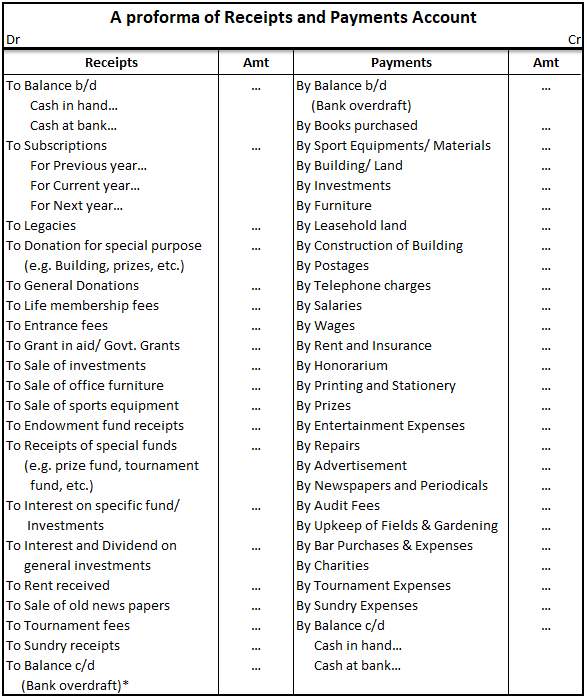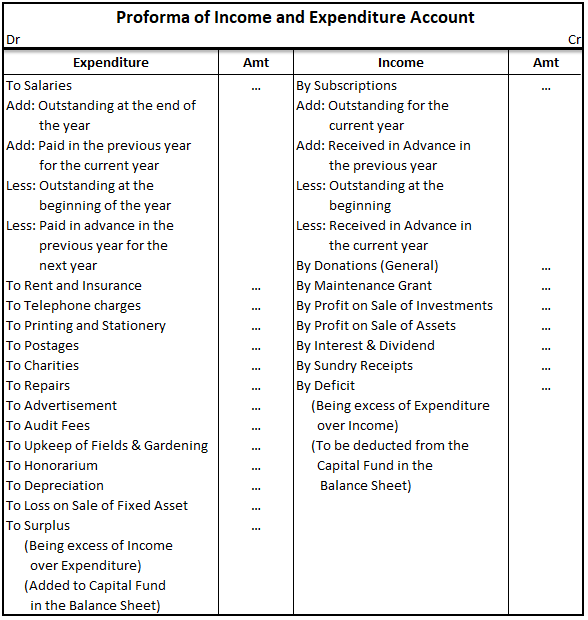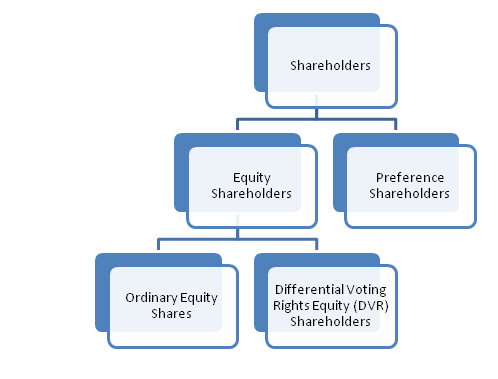Definition A limited liability partnership (LLP)is a business vehicle like a partnership that features the partners ‘ liability is limited. Thus, it has elements of partnership and company. Another important feature of LLP is that each partner is not responsible or liable for another partner’s miscoRead more
Definition
A limited liability partnership (LLP)is a business vehicle like a partnership that features the partners ‘ liability is limited. Thus, it has elements of partnership and company.
Another important feature of LLP is that each partner is not responsible or liable for another partner’s misconduct or negligence.
LLP as constituted in INDIA:
The limited liability partnership act, 2008 came into effect on 31st march, 2009. LLP is different from a partnership as it operates like a partnership, but in an LLP each partner is protected from personal liability, except to the extent of his capital contribution in the LLP.
• LLP is subject to income tax like any other partnership firm.
• A partner is not liable for independent or unauthorized actions of other partners, thus allowing individual partners to be shielded from joint liability created by another partner‘s wrongful business decisions or misconduct.
• LLP is a body corporate and legal entity separate from its partners. It has perpetual succession like a limited liability company.
Indian partnership act 1932 is not applicable to LLPs and also the limit on the number of partners in an LLP is not applicable, unlike an ordinary partnership firm where the maximum number of partners cannot exceed the number specified under SEC 464 of Companies Act 2013, which at present is 50.
The LLP Act, 2008 specifies that a least one of the partners in the LLP is a citizen of India and an Indian national.
• The Registrar Of Companies ( ROC) is authorized to register and control LLPs.
Characteristics
• Separate legal entity :
Like a company, LLP also has a separate legal entity. Therefore partners and LLP are distinct from each other, like a company where the company has a legal entity separate from its shareholders.
• Minimum capital :
LLP is not required to maintain minimum capital. Thus partners in LLP decide how much capital will be contributed by each partner.
• The Minimum number of members :
An LLP can be established with at least two members who shall also be the designated partners and shall have Director Identification Number (DIN).
There is no limit on the maximum number of partners. Members other than designated partners are required to have DIN.
• Audit is not mandatory :
All companies, whether private or public, are required to get their accounts audited. However, an audit of LLP‘s books of accounts is not mandatory except :
• If the contribution of the LLP exceeds Rs 25 lakhs: or
• If the annual turnover of the LLP exceeds Rs 40 lakhs.
See less













The profit earned by an entity is determined through the profit and loss account. All the expenses are recorded on the debit side of the profit and loss account while all the incomes are recorded on the credit side. The profit is shown as the credit balance of profit and loss A/c. When the sum of itRead more
The profit earned by an entity is determined through the profit and loss account. All the expenses are recorded on the debit side of the profit and loss account while all the incomes are recorded on the credit side.
The profit is shown as the credit balance of profit and loss A/c. When the sum of items on the debit side of a profit and loss account is less than the sum of those on the credit side, it implies profit while when the sum of the items on the credit side is less than the sum of those on the debit side, it implies a loss for the entity.
The Reason for Credit
Profit is recorded as an increase in equity
To understand the reason why profit is recorded as a credit balance, we must first understand the basic principle of debit and credit.
The basic principle of debits and credits is that debits increase asset accounts and decrease liability and equity accounts while credits decrease asset accounts and increase liability and equity accounts.
The revenue that a company earns is credited to the income account and increases equity.
The expenses that a company incurs to earn that revenue are debited to the expense account and decrease equity.
The difference between revenue and expenses is the profit, which is recorded as an increase in equity.
Increase in equity due to revenue – decrease in equity due to expense = profit
Gross Profit Vs Net Profit
Revenue is the total income that a business or profession earns. Profit is the excess revenue that remains after reducing all expenses from it.
Gross profit is the profit that a company earns after reducing the cost of goods sold from sales revenue while net profit is the profit that a business earns after reducing the total of all its direct and indirect expenses from its direct as well as indirect allowable business income.
Conclusion
The basic principle of debit and credit governs the classification of profit as a debit or credit. Since profit increases our equity, it is a credit.
In the case of a company, it belongs to the shareholders. It is usually recorded in the retained earnings account. Profit can be reinvested in the business or can be distributed as a dividend. In the case of a sole proprietorship, the profit belongs to the owner and is recorded in the owner’s capital account.
See less